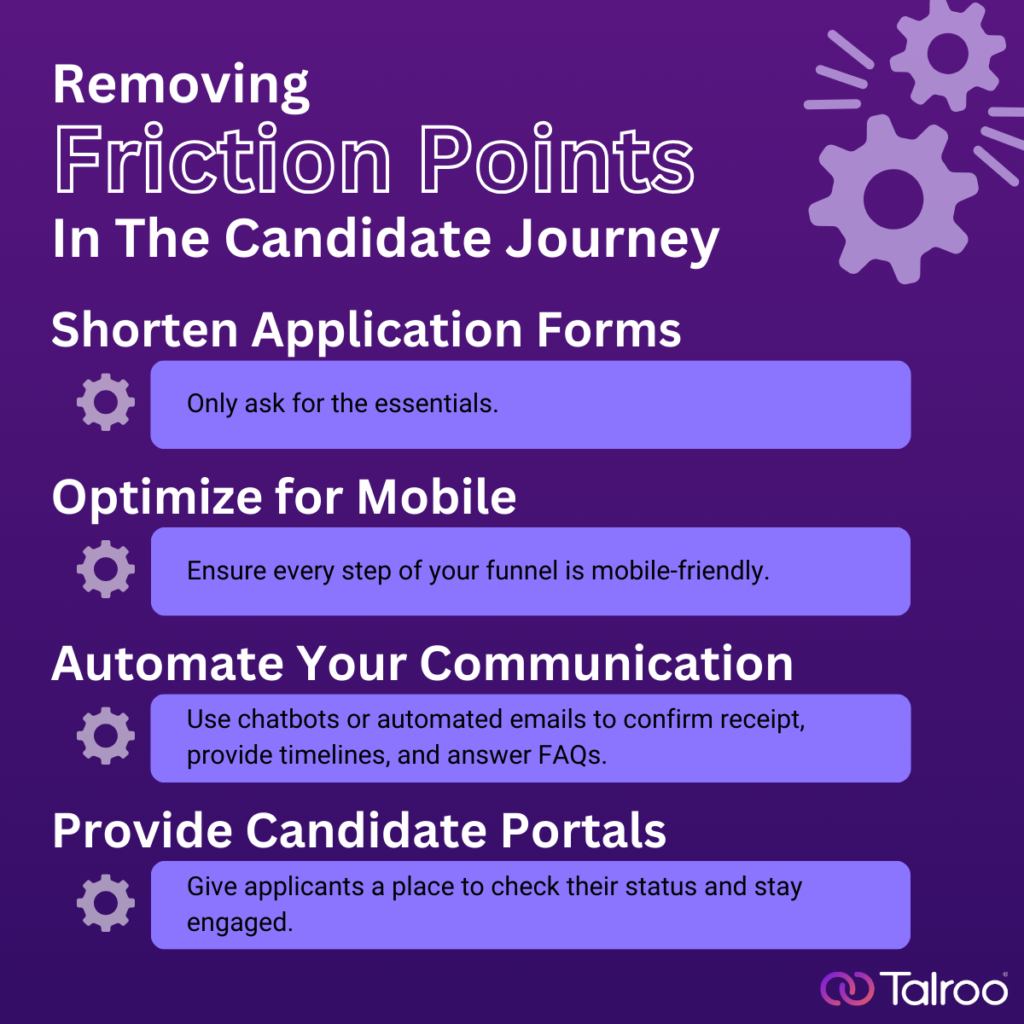
Optimizing Your Hiring Funnel: Aligning with Applicant Behavior
Hiring isn’t just about attracting the best candidates—it’s about capturing them at the right time, in the right place, and with the right process. Yet, many organizations still operate with outdated or rigid hiring funnels that don’t reflect how candidates actually behave when applying for jobs.
To improve hiring efficiency, HR and recruiting teams must rethink their hiring funnels from the candidate’s perspective. That means analyzing where applicants are coming from, how they move through the funnel, where and why they drop off, and how technologies like AI and automation can make the process smoother and more effective.
Let’s dive into how aligning your hiring funnel with applicant behavior can dramatically boost your hiring success—and your candidate experience.
Understand Where Your Applicants Are Coming From
First things first: to optimize your hiring funnel, you need to know how candidates are finding you. This means getting clear on your application sources. Are applicants coming from job boards, social media, your careers page, employee referrals, or recruiting agencies? Each source comes with different candidate expectations and behaviors.
Key Action: Audit Your Application Sources
Use your applicant tracking system (ATS) or recruiting analytics platform to track and analyze traffic sources. Break down which channels are yielding the most applicants—and, more importantly, the most qualified hires.
Look for trends:
- Do candidates from some job boards tend to move faster through the funnel?
- Are referrals more likely to complete applications?
- Do certain job boards bring high volume but low conversion?
This data is essential for focusing your efforts and resources on the sources that work—and adjusting your process accordingly.
Streamline Steps to Match Real Applicant Behavior
Candidates today expect a fast, mobile-friendly, and intuitive application process. A clunky, multi-step, or overly complex hiring funnel doesn’t just slow things down—it actively drives top talent away.
According to research, 60% of job seekers abandon online job applications due to length or complexity. That’s a huge leak in your funnel.
Key Action: Map the Actual Candidate Journey
Look beyond your internal process and map the real applicant journey. What steps are they taking? Where are the bottlenecks?
Use tools like:
- Drop-off analytics to see where candidates are abandoning the application.
- Surveys or feedback forms to ask applicants about their experience.
- Session replays or heatmaps (if your careers site allows it) to see user behavior.
Then, compare this with your internal process. Are there unnecessary steps, redundancies, or long waiting periods? Could interviews or assessments be consolidated? The goal is to meet candidates where they are—not make them jump through hoops.
Reduce Drop-Off with a Candidate-Centric Approach
Every step in the hiring process is a potential drop-off point. When candidates ghost or stop responding, it’s often a sign that the process isn’t working for them—not that they weren’t interested to begin with.
Related: Your Applicant Drop-Off Rate and How to Improve It
One of the best ways to reduce drop-off is to treat candidates like customers. That means improving communication, setting expectations, and making the experience more transparent and engaging.
Key Action: Remove Friction Points
Here’s where to focus:
- Shorten application forms – Only ask for the essentials.
- Mobile optimization – Ensure every step of your funnel is mobile-friendly.
- Communication automation – Use chatbots or automated emails to confirm receipt, provide timelines, and answer FAQs.
- Candidate portals – Give applicants a place to check their status and stay engaged.

Every moment saved or simplified helps keep candidates moving through the funnel—and feeling positive about your brand.
Leverage AI and Automation for Efficiency
Modern applicants move fast—and so should your hiring process. AI and automation can help recruiters keep pace by handling repetitive tasks, surfacing top candidates more quickly, and personalizing the process at scale.
Key Action: Use Smart Tools Where They Matter Most
Consider leveraging AI and automation to:
- Pre-screen candidates using resume analysis and skills matching.
- Schedule interviews automatically based on availability.
- Provide real-time updates to candidates via chatbot or SMS.
- Predict dropout risk based on engagement signals and pipeline trends.
These tools don’t just save recruiter time—they make the process more responsive and respectful of the candidate’s time, too.
Just be mindful: AI should enhance human judgment, not replace it. Always keep fairness, transparency, and compliance in mind when using automated tools.
Continuously Improve with Data-Driven Insights
The beauty of aligning your hiring funnel with applicant behavior is that it’s an ongoing process. As candidate expectations evolve and new technologies emerge, so should your hiring strategy.
That’s why it’s essential to measure what matters and continuously improve.
Key Action: Monitor and Iterate
Track KPIs like:
- Application completion rate
- Time-to-fill
- Source-to-hire conversion
- Interview-to-offer ratio
- Candidate satisfaction (via surveys)
Then, use this data to experiment and refine:
- A/B test different application formats
- Try new interview scheduling tools
- Pilot one-click apply features
Don’t optimize for the sake of speed alone—optimize for alignment with how candidates actually think, feel, and behave.
Related: Five Ways to Improve Your Job Application Process
Final Thoughts: Make It Easy to Say Yes
In a world where talent is in high demand, your hiring funnel needs to be more than efficient—it needs to be candidate-friendly. That means cutting the fluff, focusing on what matters, and using technology to enhance (not overcomplicate) the process.
By aligning your hiring funnel with applicant behavior, you’re not just making life easier for your recruiting team—you’re creating a smoother, more respectful experience for the people who could be your next great hires.
Remember: the best candidates won’t wait around for a perfect process. They’ll move on to the next opportunity that’s faster, easier, and more responsive. Make sure your hiring funnel is the one that earns their “yes.”




